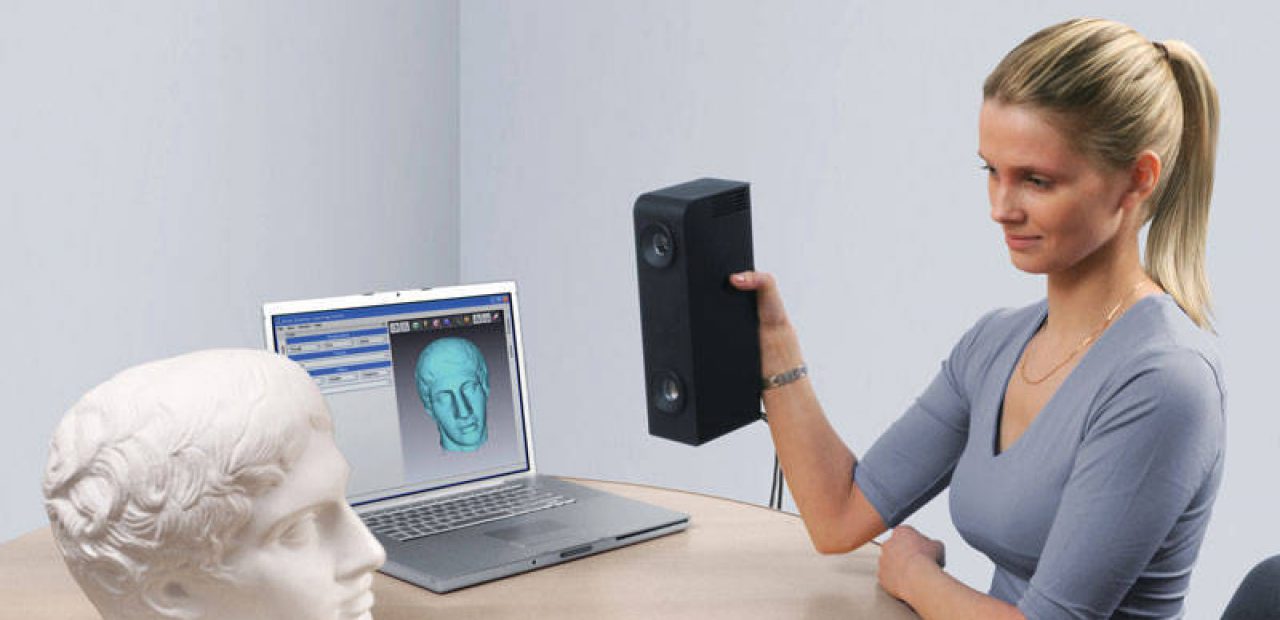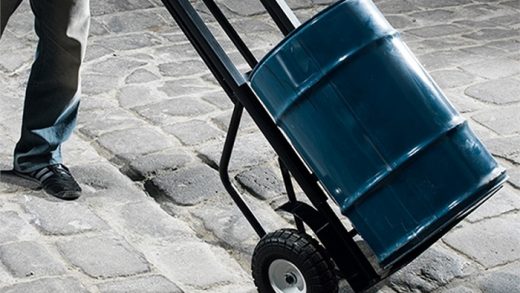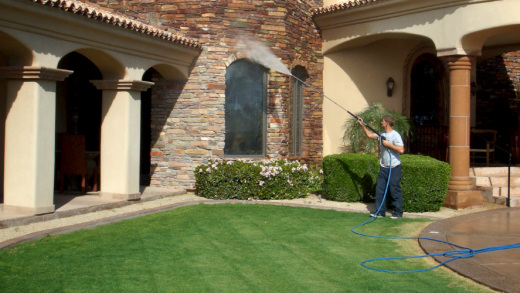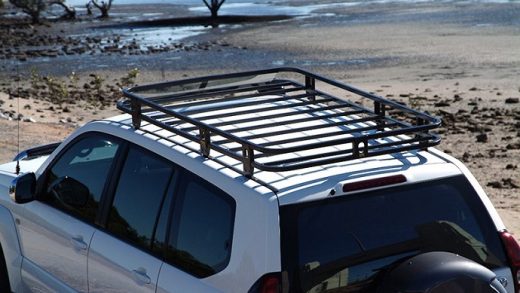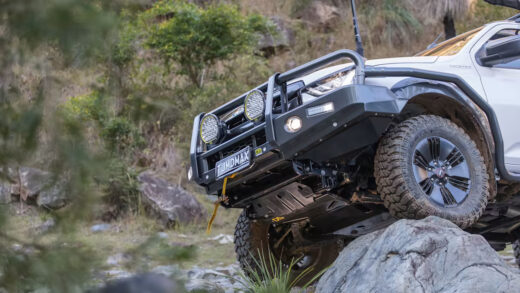Types of 3D Scanners and Their Important Features
3D scanning can be used for a wide range of applications in a large variety of fields. That being said, there are many different types of 3D scanners that have a variety of features, so when picking the ideal 3D scanner for your task, you need to take several different factors into consideration. The right 3D scanner will allow you to scan items into digital files which you can then print or modify. There are two basic types of 3D scanning technologies – Structured Light and Triangulation scanning. Both methods have their own advantages and disadvantages.
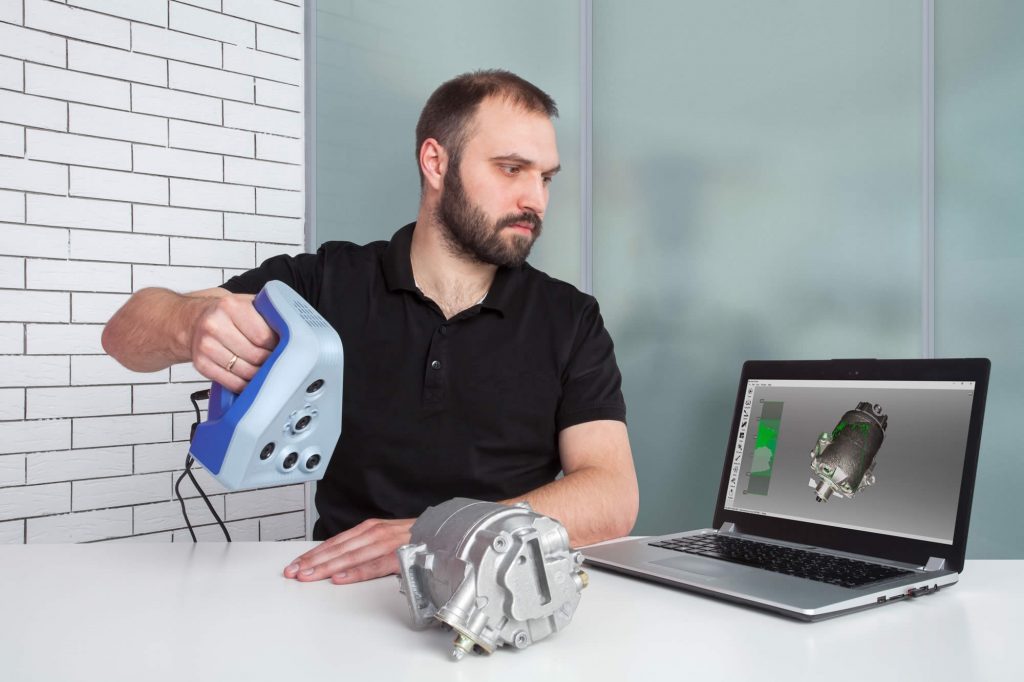
Structured Light Scanning
Structured light 3D scanners shine a patterned light onto the object, and the light patterns oftentimes resemble bars and grids. Then, a camera takes pictures of the pattern’s distortions over the surface of the image and recreates the points of the object based on the distortions. This means that you’ll have to scan the object from a few different angles, and then use special 3D scanning programs to combine the data into a complete rendering. Structured light scanning is faster and more accurate than laser scanning, and the scanners come in a variety of shapes and sizes. However, the downside is that these scanners require specific conditions in order to work properly, and they aren’t good at picking up shiny, dark or smooth surfaces.
Laser-Based Triangulation Scanning
This technology takes advantage of a laser, camera, and trigonometry to scan an object. Laser scanners map thousands of points per second as the laser scans through the object and the camera records the results. These scanners are cheaper and come in portable and handheld models. However, triangulation laser scanning isn’t as accurate as structured light scanning, especially around the edges of objects where the laser beam can be divided. This gives an inaccurate representation of the edge to the camera, so you might have to pass the scanner over the same angle to get more accurate data.
Regardless of whether you go for a laser-based triangulation or structured light scanner, you’ll have to consider 3 important features – the resolution (accuracy), the minimum and maximum scan volume as well as the colour and texture recognition capabilities of the scanner. Decent scanners offer accuracy of about tens of microns. The colour and texture recognition capabilities of the scanner also matter, and these factors usually depend on the camera the scanner has. The minimum and maximum scan volume represent the size of the objects it can scan with accuracy.

